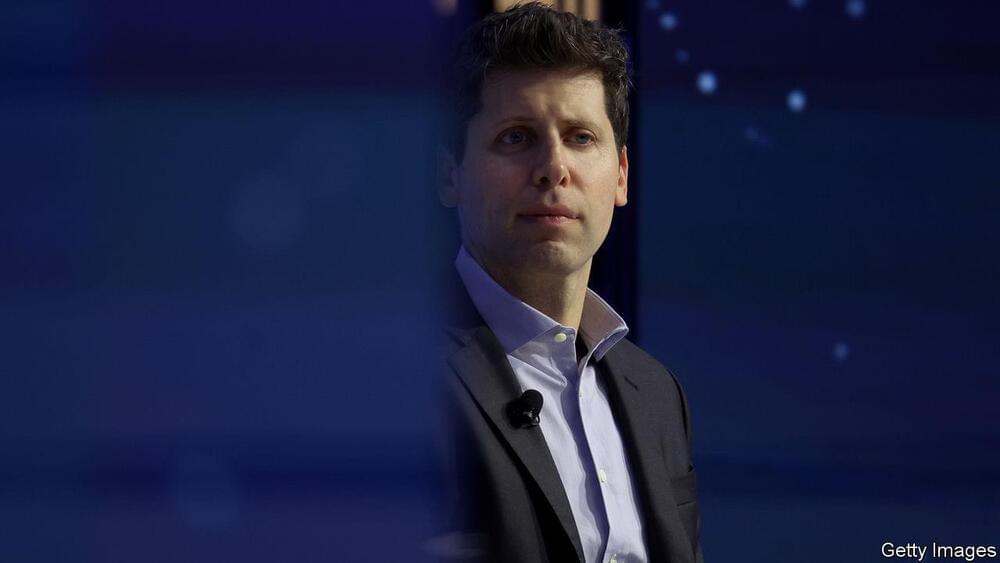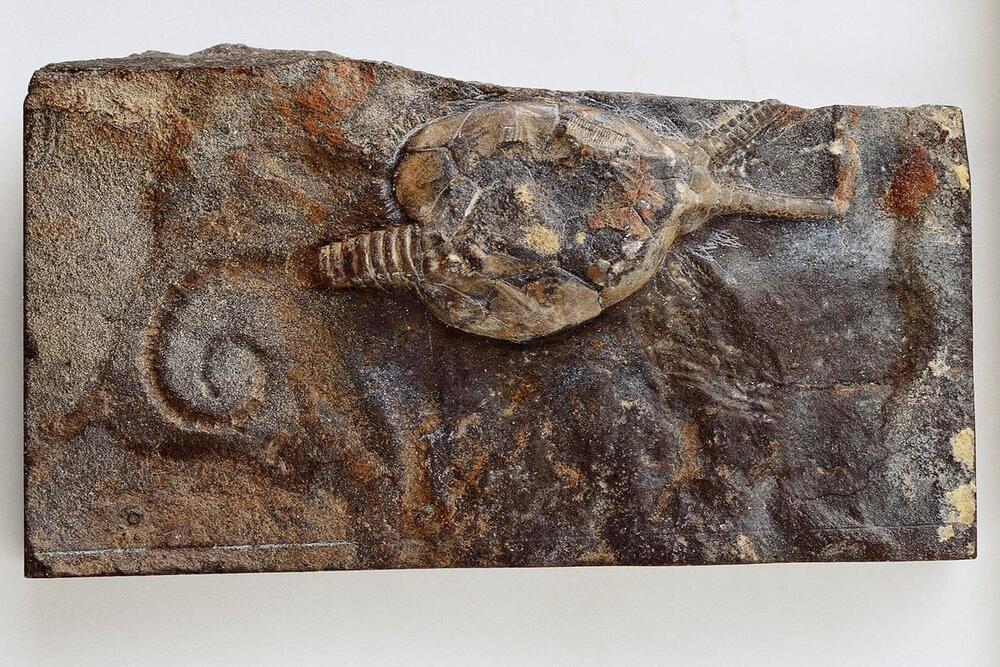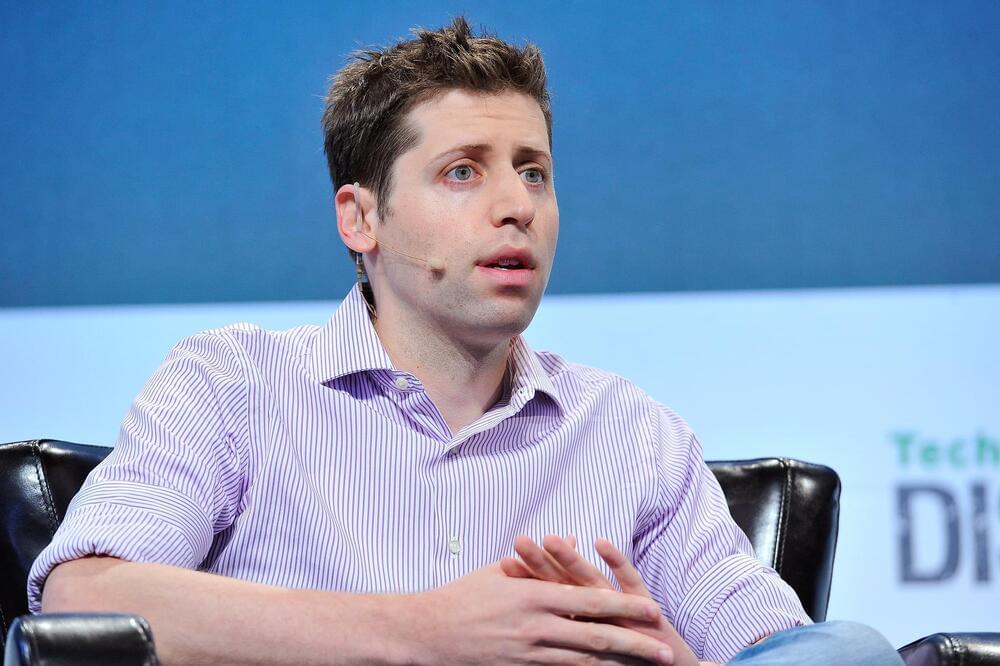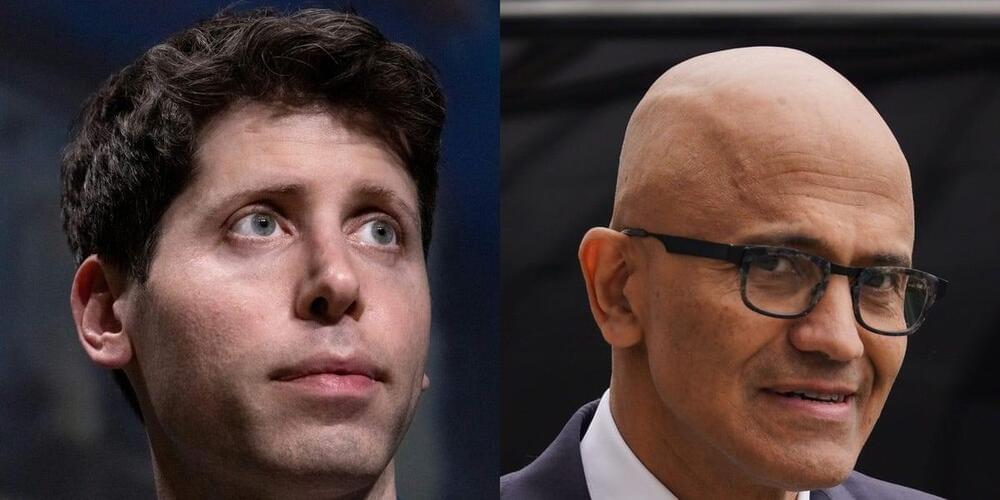Nonsense words can trick Stable Diffusion and DALL-E 2 into producing pictures that show violence and nudity.
Popular text-to-image AI models can be prompted to ignore their safety filters and generate disturbing images.


The AI startups working to build products that support African languages often get ignored by investors, says Hadgu, owing to the small size of the potential market, a lack of political support, and poor internet infrastructure. However, Hadgu says small African startups including Lesan, GhanaNLP, and Lelapa AI are playing an important role: “Big tech companies do not give focus to our languages,” he says, “but we cannot wait for them.”
Lelapa AI is trying to create a new paradigm for AI models in Africa, says Vukosi Marivate, a data scientist on the company’s AI team. Instead of tapping into the internet alone to collect data to train its model, like companies in the West, Lelapa AI works both online and offline with linguists and local communities to gather data, annotate it, and identify use cases where the tool might be problematic.
Bonaventure Dossou, a researcher at Lelapa AI specializing in natural-language processing (NLP), says that working with linguists enables them to develop a model that’s context-specific and culturally relevant. “Embedding cultural sensitivity and linguistic perspectives makes the technological system better,” says Dossou. For example, the Lelapa AI team built sentiment and tone analysis algorithms tailored to specific languages.
Mira Murati is to temporarily take up the reins at OpenAI following Sam Altman’s surprising departure.
After Sam Altman’s surprise sacking from OpenAI on Friday, the AI company has announced that Mira Murati will fill the gap as interim Chief Executive Officer (CEO) until a replacement is found. A relative unknown outside of Silicon Valley, many interested in the artificial intelligence (AI) space are rightfully wondering who she is. Let’s find out what we know so far.
Who are you?
Mira Murati was born in Albania but moved to Vancouver, Canada when she was 16 years old under a scholarship at an international school. After graduating, she studied at Dartmouth College and completed a mechanical engineering degree. After completing her studies, Murati worked as an intern at Goldman Sachs and then at the French aerospace group Zodiac Aerospace.

Scientists have built noise-canceling headphones that filter out specific types of sound in real-time — such as birds chirping or car horns blaring — thanks to a deep learning artificial intelligence (AI) algorithm.
The system, which researchers at the University of Washington dub “semantic hearing,” streams all sounds captured by headphones to a smartphone, which cancels everything before letting wearers pick the specific types of audio they’d like to hear. They described the protoype in a paper published Oct. 29 in the journa IACM Digital Library.


Engineers and paleontologists teamed up to reconstruct an ancestor of starfish from the Paleozoic era and figure out how it moved.
Get ready to have your minds blown because Quantum AI is about to flip the script on the world! Imagine computers that don’t just crunch numbers but tap into the mind-bending power of quantum bits or qubits. Quantum AI isn’t just a fancy upgrade; it’s like giving our digital brains a cosmic turbo boost. From supercharging data processing to tackling complex problems like a quantum superhero, this game-changer is set to redefine what we thought computers could do. Get ready for a tech revolution – Quantum AI is the rockstar that’s about to drop a mind-blowing album on the world of computing! 🚀💻🌌
#brightside.
Animation is created by Bright Side.
Music from TheSoul Sound: https://thesoul-sound.com/
Check our Bright Side podcast on Spotify and leave a positive review! https://open.spotify.com/show/0hUkPxD34jRLrMrJux4VxV



In 2010, Mike Williams traveled from London to Amsterdam for a physics workshop. Everyone there was abuzz with the possibilities—and possible drawbacks—of machine learning, which Williams had recently proposed incorporating into the LHCb experiment. Williams, now a professor of physics and leader of an experimental group at the Massachusetts Institute of Technology, left the workshop motivated to make it work.
LHCb is one of the four main experiments at the Large Hadron Collider at CERN. Every second, inside the detectors for each of those experiments, proton beams cross 40 million times, generating hundreds of millions of proton collisions, each of which produces an array of particles flying off in different directions. Williams wanted to use machine learning to improve LHCb’s trigger system, a set of decision-making algorithms programmed to recognize and save only collisions that display interesting signals—and discard the rest.
Of the 40 million crossings, or events, that happen each second in the ATLAS and CMS detectors—the two largest particle detectors at the LHC—data from only a few thousand are saved, says Tae Min Hong, an associate professor of physics and astronomy at the University of Pittsburgh and a member of the ATLAS collaboration. “Our job in the trigger system is to never throw away anything that could be important,” he says.